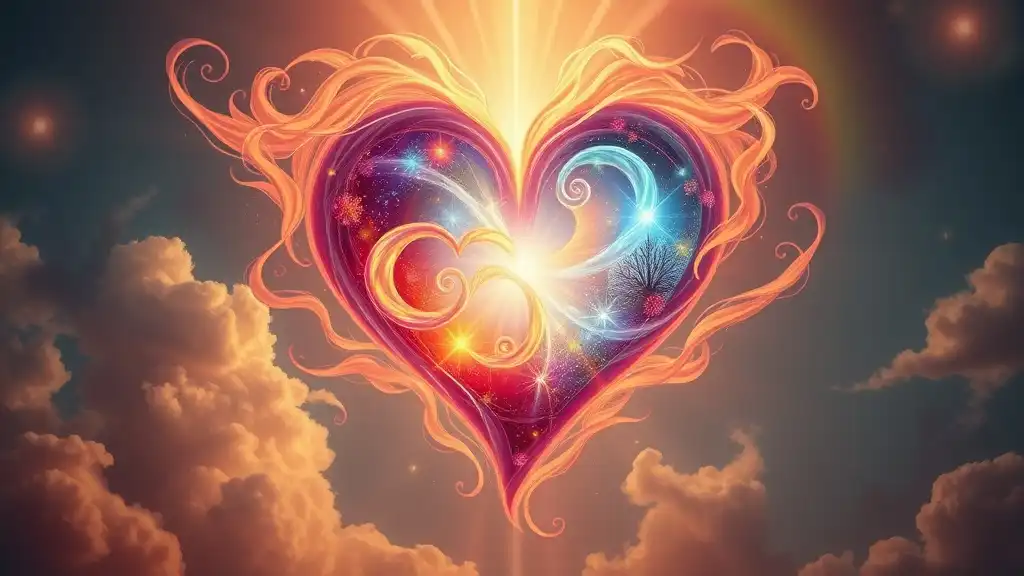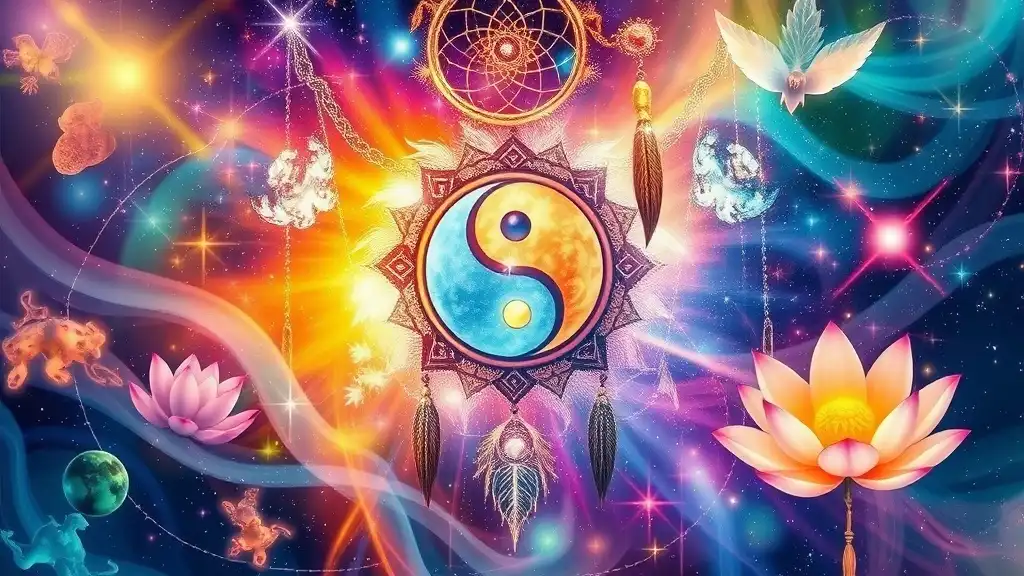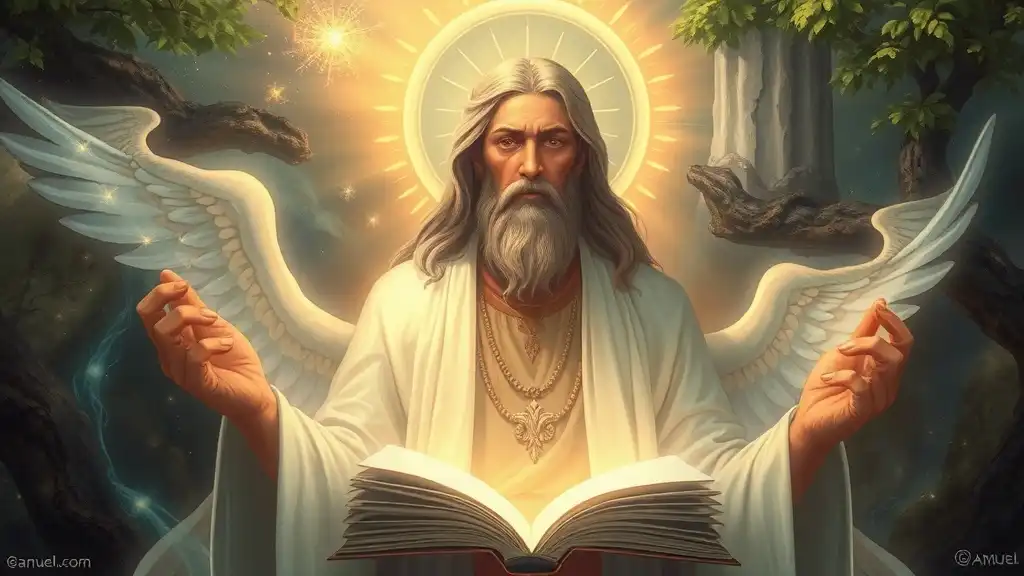The significance of symbols in spirituality is profound, transcending cultures, languages, and time itself. Symbols are not merely pictures or shapes; they embody deep meanings, emotions, and wisdom that resonate with the human spirit. In this article, we will explore various symbols, their meanings, and how they can be integrated into our spiritual practice.
The Nature of Symbols
Symbols can be defined as representations that encapsulate complex ideas, concepts, or beliefs. Throughout history, symbols have served as a bridge between the tangible world and the intangible realms of thought and spirit. They have been integral to rituals, religious texts, and spiritual teachings across diverse cultures. By embodying essences that go beyond words, symbols allow individuals to express the ineffable aspects of their spiritual journeys.

Universal Symbols and Their Meanings
The Ankh
Originating in ancient Egypt, the Ankh is often recognized as the symbol of life and immortality. Its unique shape—a cross with a loop at the top—represents the joining of opposites: male and female, physical and spiritual. It serves as a powerful reminder of the connection between life on Earth and the afterlife. Embracing the Ankh in your spiritual practice can serve as a potent affirmation of your life force and a reminder of the eternal nature of the soul.
The Om Symbol
Deeply rooted in Hinduism and Buddhism, the Om symbol represents the universe's primordial sound and the essence of reality. This sacred syllable embodies creation, preservation, and dissolution. When meditating on the Om symbol, practitioners can access inner peace and harmony, allowing them to connect deeply with the cosmos and themselves. Integrating the Om into your meditation routine can facilitate profound insights and spiritual growth.
The Yin and Yang
The Yin and Yang symbol embodies the duality that permeates the universe, illustrating the balance between opposing forces such as light and dark, masculine and feminine. This ancient Chinese philosophy emphasizes that these opposing forces are interdependent and interconnected. By understanding and embracing this concept, individuals can achieve harmony within themselves and their surroundings. Meditation on the Yin and Yang can help you recognize the balance required in your life, inviting peace and wisdom.
The Cross
For many, the cross signifies sacrifice, redemption, and hope. While it is primarily associated with Christianity, its meaning transcends this one faith, representing the journey of surrender and transformation. Each arm of the cross can symbolize different spiritual principles, such as the connection between the divine and humanity. Reflecting on this symbol can inspire deep contemplation about your own spiritual sacrifices and the transformative power of love.
The Feather
Within various cultural contexts, especially Native American traditions, the feather symbolizes freedom, transcendence, and the spiritual realm. It is often seen as a connection to the divine, serving as a reminder that we can rise above earthly concerns and embrace our spiritual essence. Incorporating feathers into rituals or meditative spaces can enhance your spiritual practice, inviting a sense of lightness and elevation.

How Symbols Communicate Spiritual Messages
Symbols communicate directly to our intuition, often sparking insights and emotional responses that words cannot capture. When we encounter a particular symbol, we may experience a sense of peace or connection that transcends rational thought. This experience aligns with the concept of synchronicity, where symbols surface in our lives as meaningful signs, guiding us towards greater awareness and understanding of our spiritual journeys.

The Importance of Personal Interpretation
While symbols carry universal meanings, their interpretation is inherently subjective. Personal experiences, cultural backgrounds, and emotional connections shape how we relate to various symbols. Maybe you find solace in the peace that the Om brings; another individual may feel a deeper connection with the Ankh due to their ancestral heritage. This unique lens allows for rich, personal explorations of spirituality, encouraging every individual to embark on their journey with these symbols.

Incorporating Symbols into Daily Life
Meditation and Mindfulness
Bringing symbols into your meditation practice can deepen your experience. Utilizing imagery, such as visualizing the Ankh or chanting the Om, heightens focus and allows for more profound exploration of your inner self. Consider dedicating a moment during your practice to reflect on the meanings behind these symbols, cultivating mindfulness and presence.
Altars and Sacred Spaces
Creating an altar or a sacred space with symbols that resonate with you can infuse your environment with spiritual energy. Each item you choose serves as a reminder of your intentions and spiritual aspirations. Whether it’s a feather, a small cross, or an image of the Yin and Yang, these symbols can anchor your space and enrich your spiritual practice.
Art and Expression
Art can be a powerful medium for expressing spirituality. Whether you paint, draw, or sculpt, the act of creating symbols allows for the exploration of your inner thoughts and emotions. Expressing spirituality through creative outlets can also foster healing and introspection, enabling you to communicate beliefs that might otherwise be difficult to express.

Conclusion
Symbols hold remarkable spiritual significance—they encapsulate deep meanings, facilitate personal connections, and invite exploration into the mysteries of existence. As you delve into the world of symbols, reflect on how they speak to your spirit, guide your path, and enhance your spiritual practices. Your journey with symbols is unique, and embracing their power can profoundly enrich your life. Allow yourself to explore and uncover the messages waiting to emerge, as symbols continue to illuminate the sacred landscape of your soul.



















